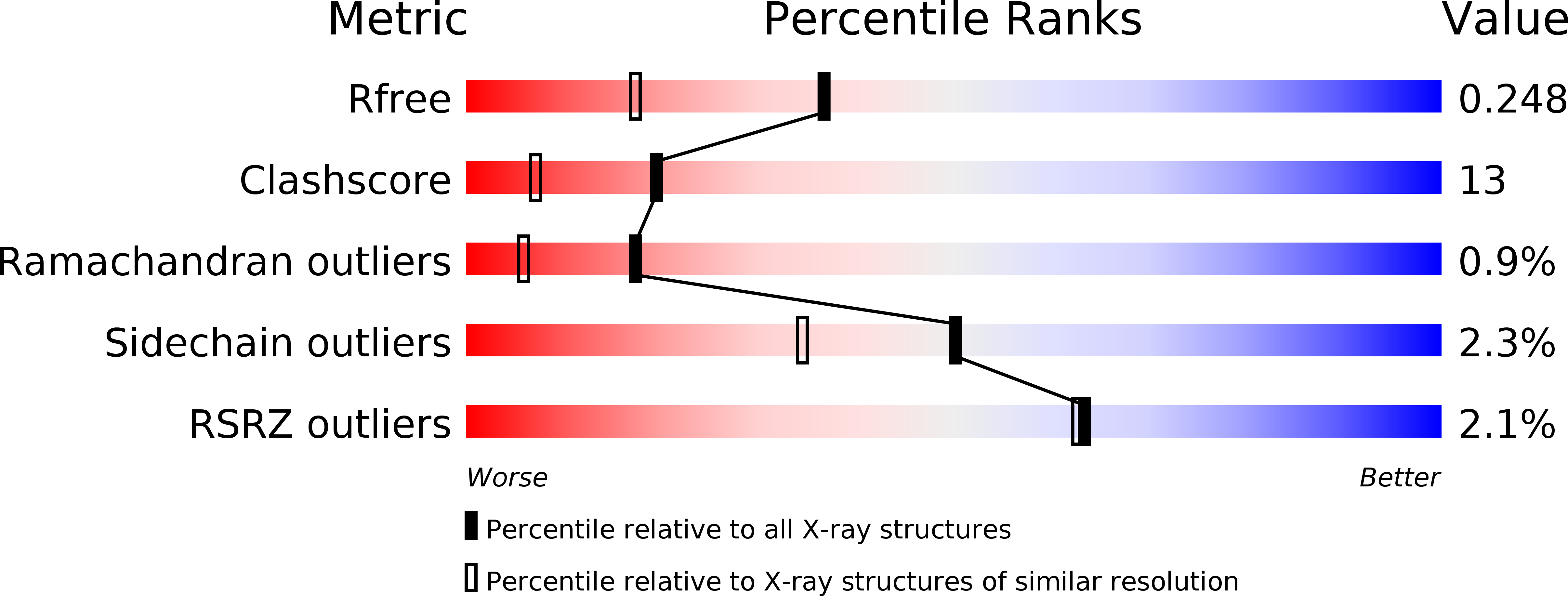
Deposition Date
2007-01-17
Release Date
2007-03-13
Last Version Date
2023-12-13
Entry Detail
PDB ID:
2JEJ
Keywords:
Title:
The Molecular Basis of Selectivity of Nucleoside Triphosphate Incorporation Opposite O6-Benzylguanine by Sulfolobus solfataricus DNA Polymerase IV: Steady-state and Pre-steady-state Kinetics and X- Ray Crystallography of Correct and Incorrect Pairing
Biological Source:
Source Organism:
SULFOLOBUS SOLFATARICUS (Taxon ID: 273057)
Host Organism:
Method Details:
Experimental Method:
Resolution:
1.86 Å
R-Value Free:
0.26
R-Value Work:
0.23
R-Value Observed:
0.23
Space Group:
P 21 21 2


